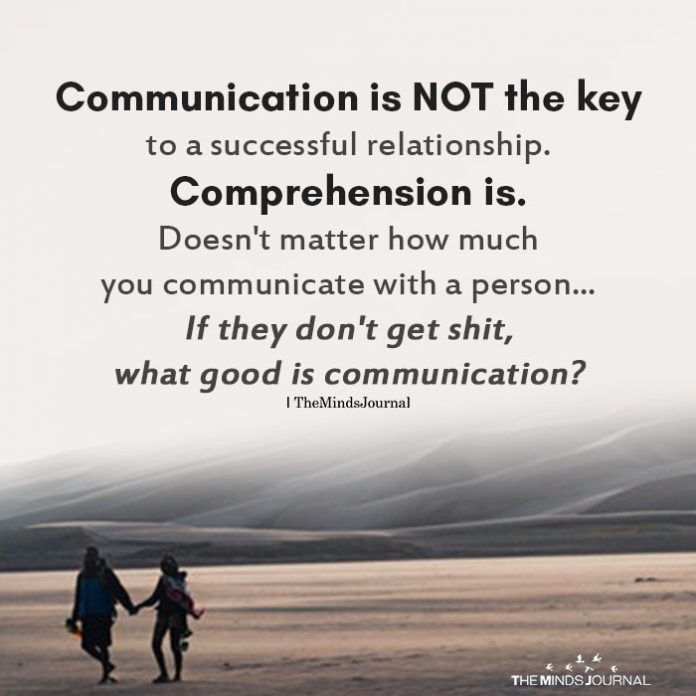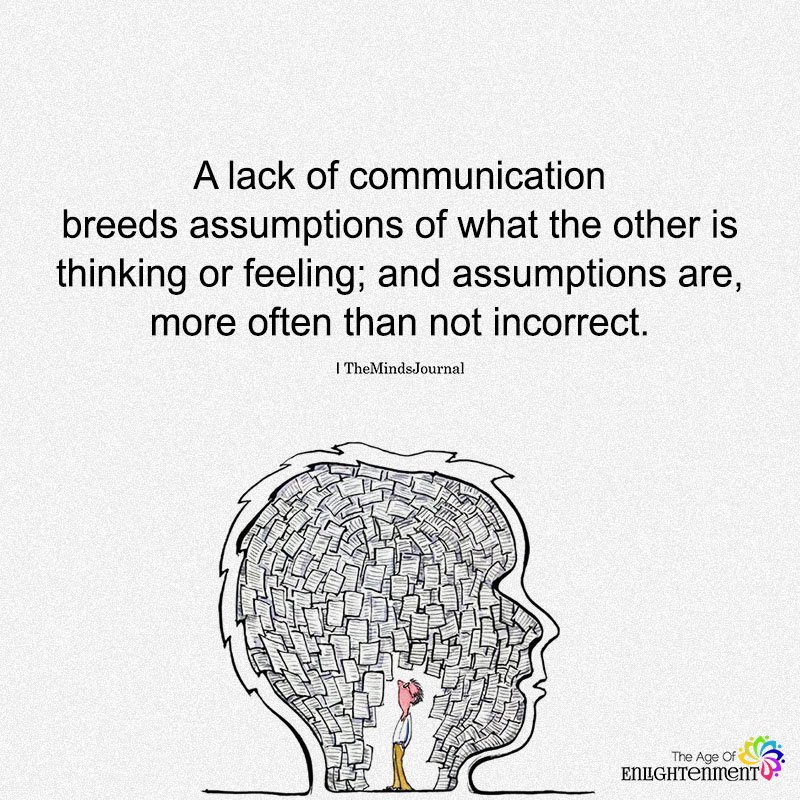Have you ever found yourself in a situation where words escalated into conflict, leaving you feeling unheard and misunderstood? Communication is vital for human relationships, yet it often turns out to be a source of tension and discord. So let’s explore what is nonviolent communication (NVC) and how to practice NVC.
What is Nonviolent Communication (NVC)?
Nonviolent Communication is a powerful framework that can change our way of speaking and relating to others leading to understanding, empathy and peaceful resolution.
But exactly what is nonviolent communication? Developed by psychologist Marshall B. Rosenberg, NVC is a compassionate and effective way of communicating that emphasizes empathy, deep listening, and expression of needs & feelings, without blame or judgment.
The purpose of NVC is to establish connections through which people can express themselves openly and honestly, while still being understood and empathized with, even during challenging situations.
Related: What Is Empathetic Listening? 9 Tips To Master The Power Of Understanding In Communication

Examples of Nonviolent Communication
To better understand what is nonviolent communication, let us consider the following examples of nonviolent communication –
1. Expressing observations
Rather than starting a conversation with judgments or evaluations, NVC asks for getting back to objective facts.
For example, instead of saying “You never listen to me”, non-violent communication would be “I noticed that during our conversation yesterday you were looking at your phone.”
2. Sharing feelings
NVC insists that emotions should be identified and expressed allowing for self-awareness and understanding others more profoundly.
For instance, instead of saying “You make me angry,” non-violent communication would be “When I heard your comment I felt hurt and frustrated.” This is one of the simplest yet best examples of nonviolent communication.
3. Identifying needs
NVC understands that all individuals have universal human needs. When these are identified and explained, it opens doors for mutual understanding.
For example, instead of saying “You never help with household chores”, non-violent communication would be “I need your help and support in maintaining our home.”
4. Making requests
Instead of demanding things from people, NVC prefers clear positive requests.
For instance, instead of saying “You should do the dishes today”, non-violent communication would be “Would you be willing to help with the dishes tonight?” This is one of the most common examples of nonviolent communication.
Non violent Communication Steps
Observation, feeling identification, needs articulation and request formulation are some of the ways in which Nonviolent Communication (NVC) promotes empathy.
Let’s explore these non violent communication steps to learn what is nonviolent communication and how to practice nonviolent communication to communicate effectively and with compassion.
Step 1: Observation
Start by objectively defining the behavior, circumstance or scenario you want to focus on without attaching any judgment or interpretation.
Step 2: Feeling Identification
Honestly describe and express your genuine emotions to the situation using “I” statements to take accountability for your feelings. This is one of the major non violent communication steps.
Step 3: Needs Articulation
Recognize the needs and wants that are associated with your emotions. Make sure that you name and share your needs honestly, openly and with vulnerability.
Step 4: Request formulation
State clearly what you want or request from others, specifying your requirements in terms of time, ways of doing things and other specific details.
While these non violent communication steps are crucial, it is also important that we learn the strategies to practice NVC.
Related: 19 Best Books To Learn About Body Language and Decode the Unspoken
How to Practice Nonviolent Communication
Developing a consistent practice of Nonviolent Communication (NVC) means constantly working on oneself and trying to improve. These are some practical steps that one can incorporate in daily life in order to practice NVC:
1. Cultivate self-awareness
The practice of NVC requires self-awareness. Reflect on your own thoughts, feelings, and needs. Notice what triggers reactive or aggressive communication.
Write about them in your journal or discuss them with a therapist to gain insight into your communication patterns. Realization of oneself will make a person more authentic and more efficient during communication with others.
2. Practice active listening
Be engaged in active and empathetic listening when communicating with others. Give the other person your full attention without interrupting, make sure you maintain eye contact with them and actually listen to what they are saying without interrupting and planning your response.
Reflect back what you have heard to ensure understanding and validate the other person’s experience.
3. Empathy and compassion
You need to cultivate empathy by putting yourself into the shoes of others, understand their point of view and validate their emotions instead of judging or criticizing others.
Try to imagine yourself in someone else’s position so that you can understand how they feel and recognize their needs. Empathy brings individuals closer together and creates a feeling of shared humanity.

4. Express Yourself with “I” Statements
To understand what is nonviolent communication, use “I” statements to express your thoughts, feelings, and needs. This allows you to take responsibility for yourself without blaming or accusing anyone else. Instead of saying “you never listen”, one could say “I feel unheard when I don’t feel like my perspective is valued.”
This avoids blame, creates safety for expression, as well as avoiding a confrontational atmosphere. This is how to practice nonviolent communication.
5. Seek win-win solutions
Do not treat conflict as an arena where you win or lose but as an opportunity for collaboration. Look for solutions that meet everyone’s needs rather than being focused on winning or losing.
6. Practice Patience and Understanding
Remember that practicing NVC is a learning process for both yourself and others. Be kind with yourself when learning this new way of communicating, extending understanding and compassion for people who might not be familiar with NVC as change takes time.
Nonviolent Communication is a skill which requires practice and patience. Be compassionate while on this journey of transformation.
7. Observe without judgment
When you are in conversations, observe the situation or behavior without judging or analyzing it. Just focus on the facts without distorting them. This is a more objective starting point that helps others not to be defensive.
8. Connect to your emotions
You can identify and acknowledge your own emotions associated with specific situations. Use a wide range of vocabulary to describe your emotional state more precisely.
Recognize that you have the right to express your feelings. We can make room for a dialogue and understanding by speaking from our emotions and perspective.
Related: How To Win An Argument Every Time
9. Find Out Your Needs
Consider what needs might be behind your feelings. Think about what is important at that moment in terms of values, desires or requirements for you personally.
Understanding your needs will enable you to communicate them better and foster empathy in others. This is exactly how to practice NVC.
10. Make Clear and Positive Requests
Requests should be focused, concrete and positive. Say what you need from the other individual explicitly rather than telling him/her what not to do or not.
This will facilitate problem solving through collaboration since the request is stated as what one wants rather than does not want.
11. Seek Mediation or Support
Where communication becomes difficult or conflicts arise it may be necessary to find mediation or support from a neutral third party.
Through applying NVC an impartial mediator or therapist will offer guidance and facilitate constructive conversations for better understanding and resolution.
12. Practice Mindful Communication
In your conversations, be fully present and engaged. Let go of distractions by giving focused attention to the other person you are communicating with.
Pay attention not only to the words but also to nonverbal cues such as body language, tone of voice and facial expressions as nonviolent communication goes beyond words. This will help you learn what is nonviolent communication.
13. Focus on Connection
Build and maintain a connection with the other person instead of “winning” an argument or proving a point. Collaboration and understanding are the main goals of NVC. This is one of the best tips on how to practice nonviolent communication.
14. Avoid Assumptions
Ask open-ended questions to collect more information instead of assuming that you know what someone else is thinking or feeling. This helps in avoiding misunderstandings and ensuring clarity.

15. Practice Nonviolent Self-Talk
Extend NVC principles to your inner dialogue. Treat yourself lovingly and be aware of any self-judgment or self-critique which might arise.
16. Take Responsibility for Your Reactions
Understand that your emotions and reactions are your own responsibilities. Though others may provoke them, you have the authority to choose how to react.
17. Practice Nonviolent Silence
Silence can sometimes be a form of nonviolence. Taking a break from talking can allow you time to think back on things when you feel overwhelmed or unable to respond empathetically.
18. Use Nonviolent Communication in Writing
Use written communication like emails, text messages or letters as an example of applying the principles of NVC. Be mindful about your language, tone, and clarity so that it is effective and compassionate communication.
19. Practice Nonviolent Communication with Yourself
To know This will help you learn what is nonviolent communication, use NVC as a tool for self-reflection and personal growth. Regularly check in with your own feelings and needs, responding to yourself empathetically and with understanding.
Related: Understanding Confrontation Anxiety: 8 Game-Changing Tips To Overcome The Fear of Confrontation
20. Build Trust
NVC creates a safe place for openness by establishing trust between relationships through honest conversations. Actively listen, protect confidential information, and keep promises consistently.
21. Seek Common Ground
While participating in difficult conversations, look for shared values or interests. Identifying points of similarity among differences can help bring people together so they can begin understanding each other better.
22. Embrace Vulnerability
NVC sees vulnerability as a way of strengthening connections. Sometimes, it would be uneasy to share your feelings and needs genuinely but vulnerability can encourage others to open up as well.
23. Practice Nonviolent Communication in Conflict Resolution
During conflicts, instead of focusing on positions, try to understand the underlying needs and values of everyone involved. This is done by seeking mutually beneficial solutions that address those needs while promoting cooperation.
24. Practice Self-Compassion
Be kind to yourself when you make mistakes in your communication efforts. Practicing NVC requires time and effort. So if you stumble a few times, which is natural, treat yourself with the same empathy you show to loved ones.
Remember, learning what is nonviolent communication and practicing NVC is a never ending journey of growth and transformation. By incorporating these steps into your everyday conversations, you can create a more compassionate and harmonious environment, fostering deeper connections and settling disputes amicably.

Takeaway
Nonviolent Communication offers an empathetic and compassionate approach to communication. It allows us to connect deeply with others, peacefully resolve conflicts, and build healthy relationships.
By applying the principles of NVC in our daily interactions, we can build a more compassionate world not only with our loved ones, but also with new friends, acquaintances and even strangers.
So, let’s embark on this transformative journey and embrace the power of Nonviolent Communication.
Related: How To Speak So That People Want to Listen: 8 Powerful Strategies
Frequently Asked Questions (FAQs):
What are the 4 principles of Nonviolent Communication?
The basic principles of Nonviolent Communication include observation, feeling, need, and request. This makes communication empathetic and effective.
What is the meaning of Nonviolent Communication?
Nonviolent Communication seeks to use empathy as a means for understanding and expressing needs, as well as resolving conflicts peacefully.
What is an example of Nonviolent Communication?
Example: “When you interrupt me during discussions (observation), I feel frustrated (feeling) because I value respectful communication (need). Could you listen without interrupting (request)?”










Leave a Reply